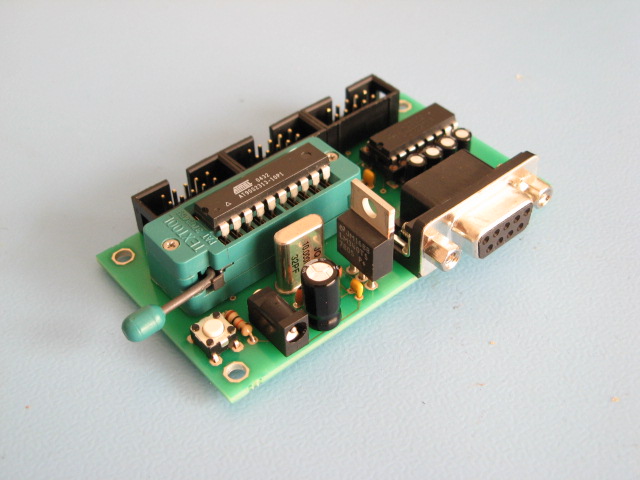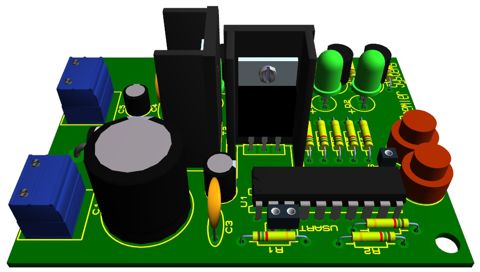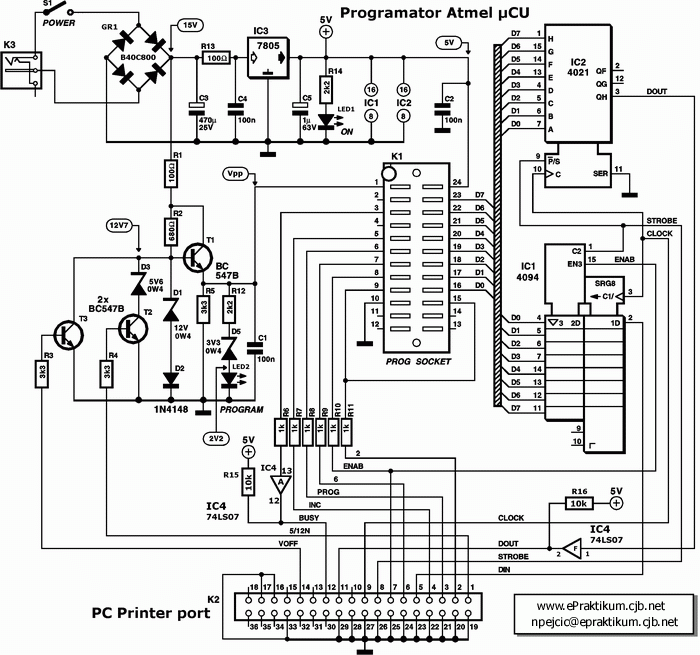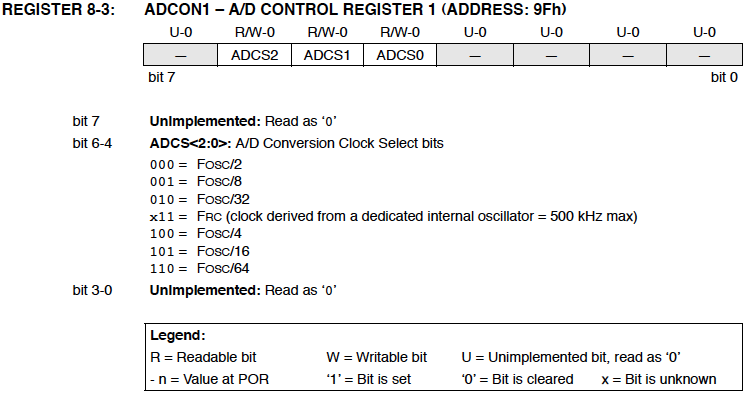Serial LCD Module using PIC16F88

A varieties of serial LCDs from different manufacturers are available in the market. But if you are good at PIC programming you can make one by yourself. The most popular and low cost LCDs for embedded projects are HD44780 based character LCD modules. They are parallel LCDs because they recieve display data from microcontrollers in parallel format. Their interface require at least 6 I/O pins of a microcontroller. By including an additional microcontroller to your HD44780 LCD module you can convert it to a serial LCD. The idea is very simple. The extra controller will receive the display data from
Read more


